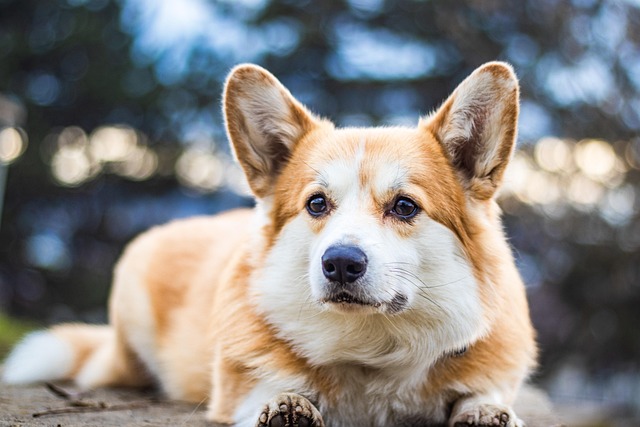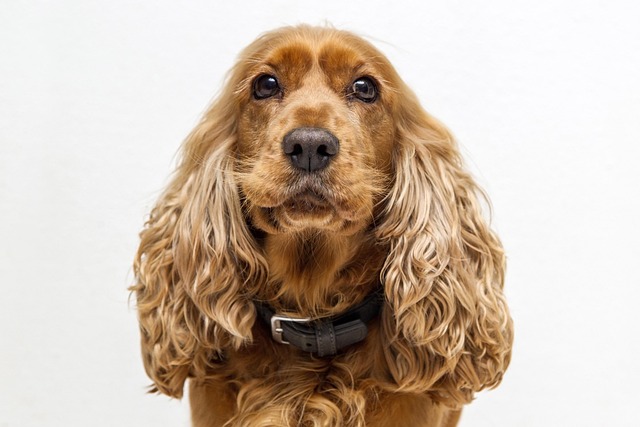Many dog owners have experienced the heart-wrenching moment when their furry friend whines, paces, or even destroys furniture the moment they step out the door. Separation anxiety in dogs is more than just missing their humans—it's a genuine emotional distress that manifests in various behaviors. From excessive barking to destructive chewing, these symptoms can leave pet owners feeling helpless and guilty. But here's the good news: with patience and the right approach, most dogs can indeed overcome this challenging condition.
One common misconception is that some dogs are simply "clingy by nature" and will never fully recover from separation anxiety. While certain breeds may be more prone to forming strong attachments, the idea that it's an unchangeable personality trait is misleading. Dogs, much like humans, can learn to adapt and feel secure even when alone. The key lies in understanding their emotional triggers and gradually reshaping their response through consistent training and positive reinforcement.
Recent behavioral studies highlight the effectiveness of gradual desensitization—a method that slowly exposes dogs to being alone in controlled increments. Think of it like helping someone with a fear of heights by first standing on a low step rather than pushing them onto a rooftop. For dogs, this might mean starting with just a few seconds apart before building up to longer durations. Pairing this with positive reinforcement, such as treats or praise when they remain calm, reinforces the idea that solitude isn't something to fear.
Implementing gradual desensitization requires a structured approach. Begin by practicing short departures—stepping out the door for just 10 seconds, then returning before anxiety sets in. Over time, increase the duration in small, manageable steps. Setting up a comfortable environment with familiar scents, like an unwashed shirt, can also provide reassurance. Patience is crucial; rushing the process can backfire and reinforce anxious behaviors instead of alleviating them.
Positive reinforcement plays a pivotal role in this training. Rewarding calm behavior with high-value treats or a favorite toy creates a positive association with alone time. Avoid dramatic farewells or overly excited greetings, as these can heighten emotional highs and lows. Instead, keep arrivals and departures low-key to signal that being alone is just another normal part of the day.
Take Max, a Labrador mix who once tore through doors when left alone. His owner started with five-minute absences, rewarding him with a stuffed Kong upon returning. Over several weeks, Max learned to associate solitude with a tasty distraction rather than panic. Stories like his aren't rare—many dogs have successfully overcome separation anxiety with dedicated training and consistency.
While many cases improve with at-home training, some dogs may need professional guidance, especially if their anxiety leads to self-harm or extreme distress. Certified dog behaviorists can tailor strategies to individual needs, sometimes incorporating tools like calming supplements or pheromone diffusers. If progress stalls or worsens, seeking expert help ensures your dog gets the support they need without unnecessary stress.
The journey to overcoming separation anxiety in dogs isn't always linear, but with the right techniques, most can learn to feel safe and content on their own. By combining gradual desensitization, positive reinforcement, and a whole lot of patience, pet owners can help their dogs build confidence—one small step at a time.





